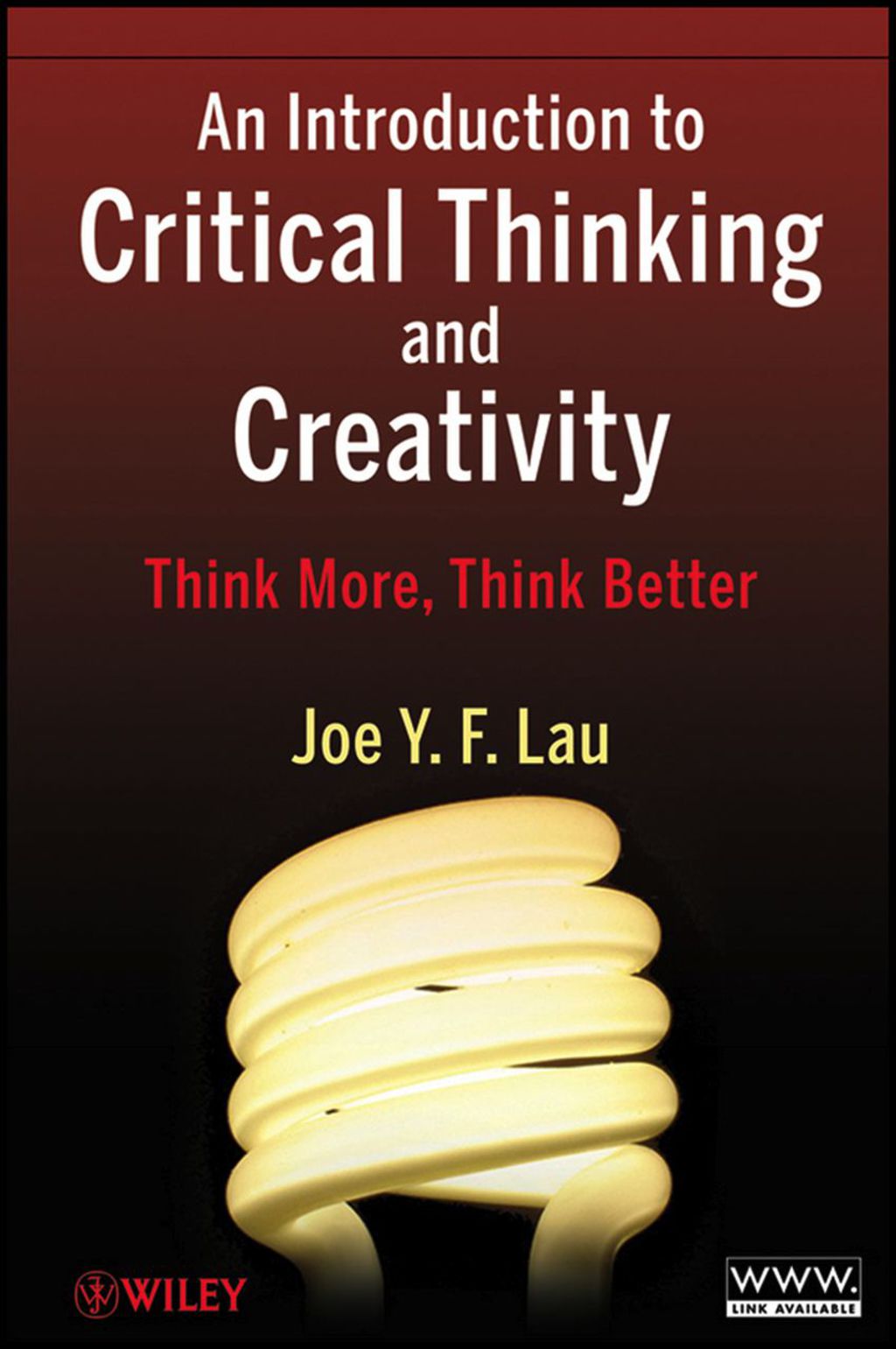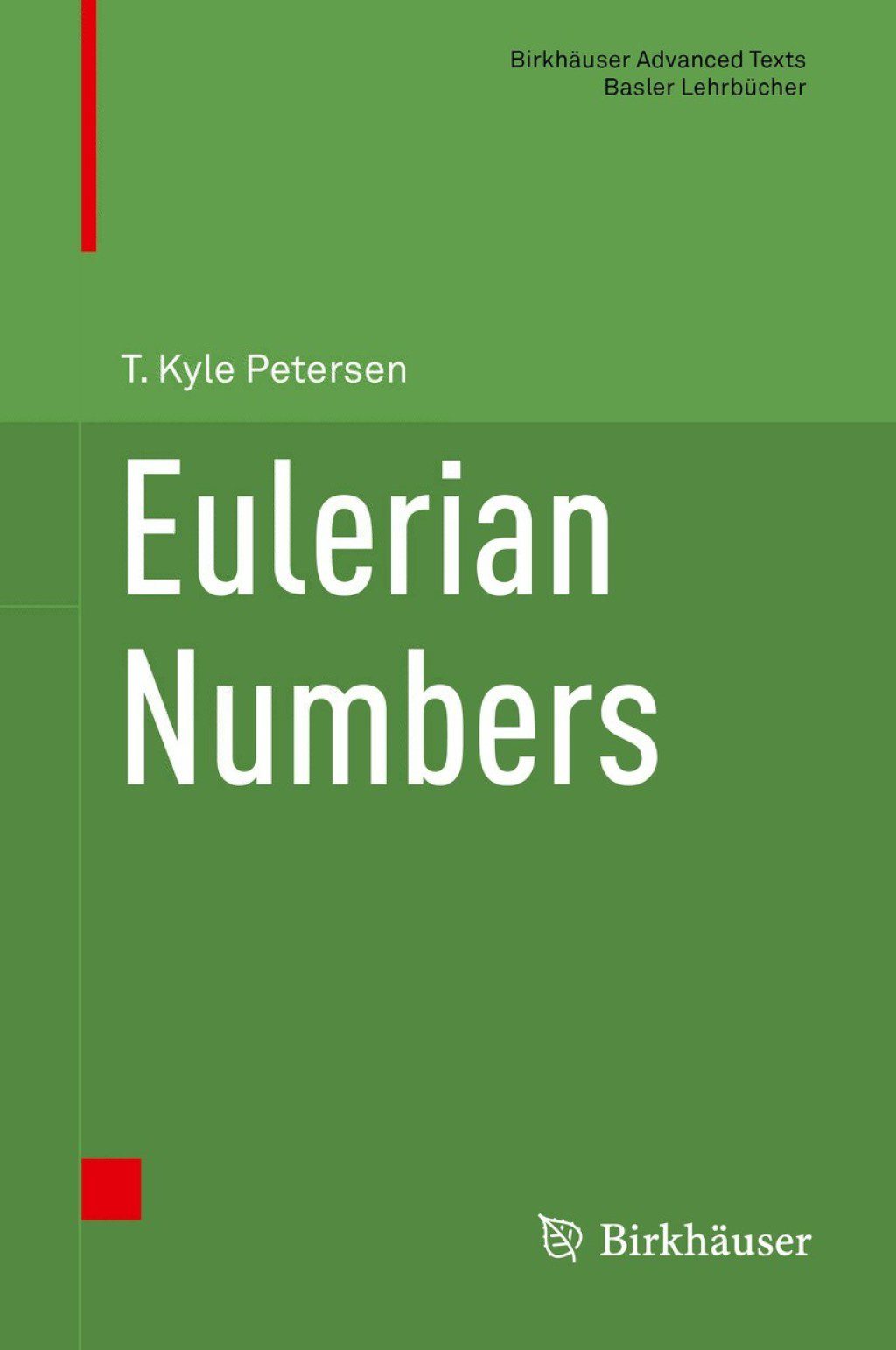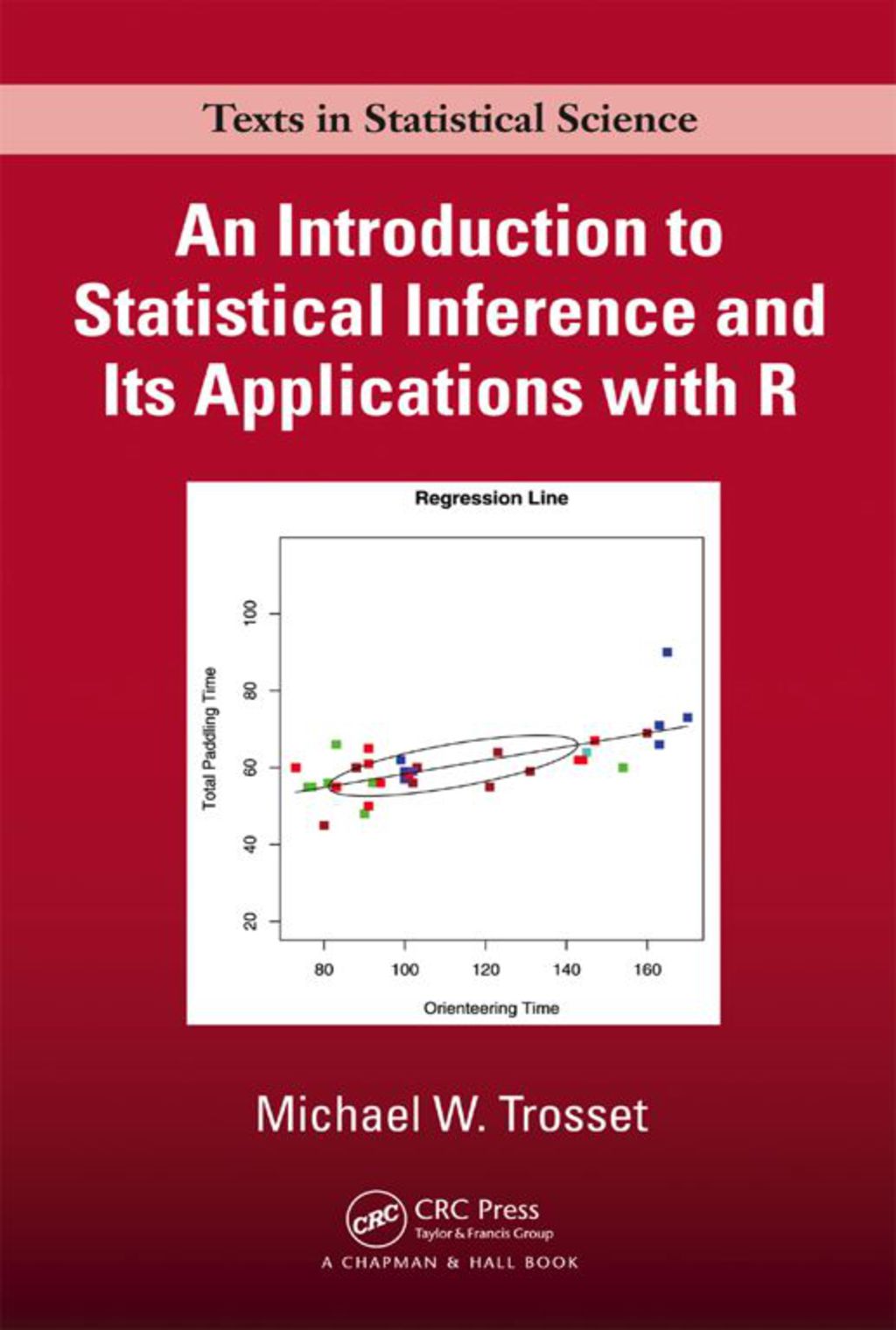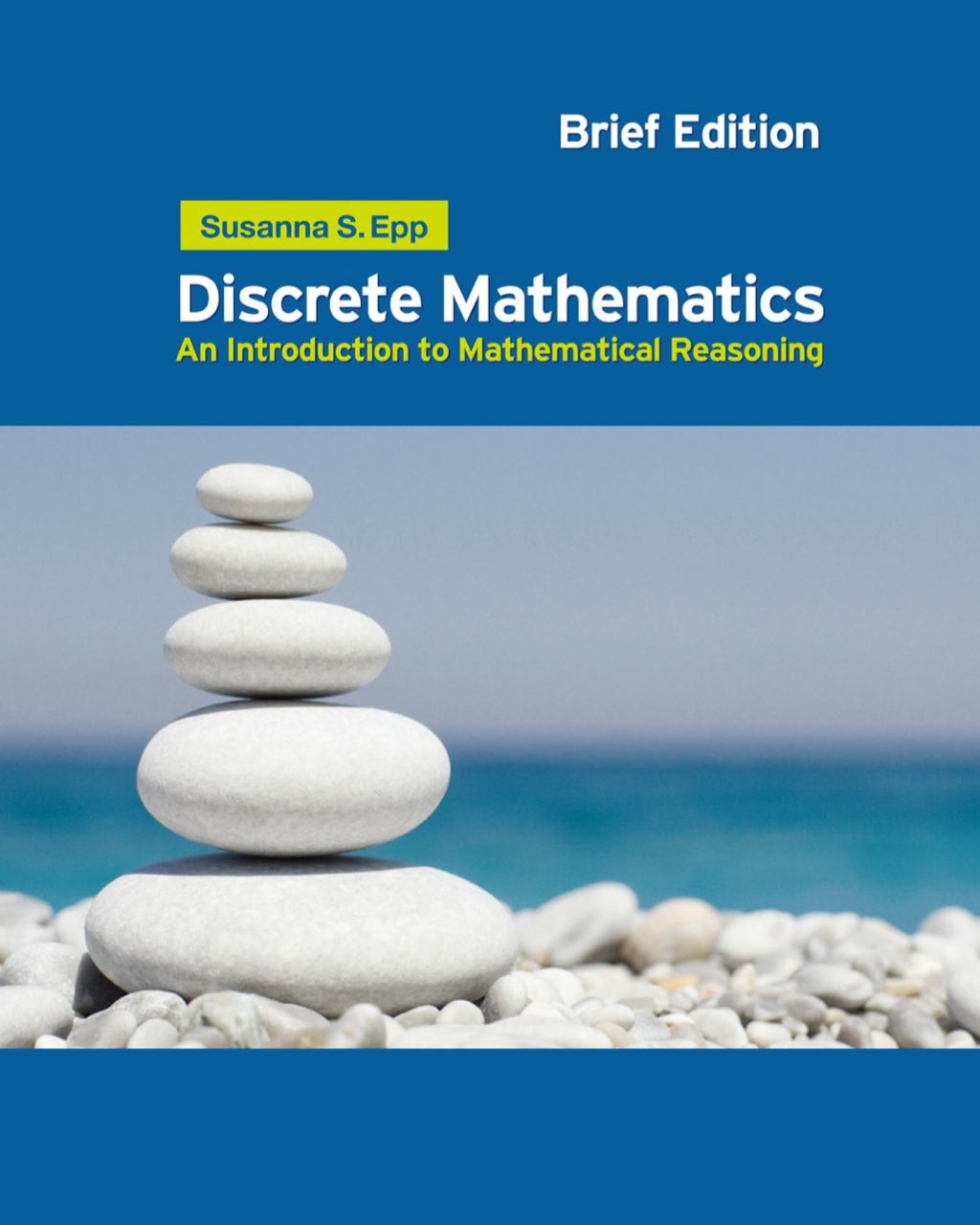Harold M. Edwards0-387-21978-1
This book aims to promote constructive mathematics not by defining it or formalizing it but by practicing it. This means that its definitions and proofs use finite algorithms, not `algorithms’ that require surveying an infinite number of possibilities to determine whether a given condition is met.The topics covered derive from classic works of nineteenth century mathematics–among them Galois’ theory of algebraic equations, Gauss’s theory of binary quadratic forms and Abel’s theorem about integrals of rational differentials on algebraic curves. It is not surprising that the first two topics can be treated constructively–although the constructive treatments shed a surprising amount of light on them–but the last topic, involving integrals and differentials as it does, might seem to call for infinite processes. In this case too, however, finite algorithms suffice to define the genus of an algebraic curve, to prove that birationally equivalent curves have the same genus, and to prove the Riemann-Roch theorem. The main algorithm in this case is Newton’s polygon, which is given a full treatment. Other topics covered include the fundamental theorem of algebra, the factorization of polynomials over an algebraic number field, and the spectral theorem for symmetric matrices. | |







Reviews
There are no reviews yet.